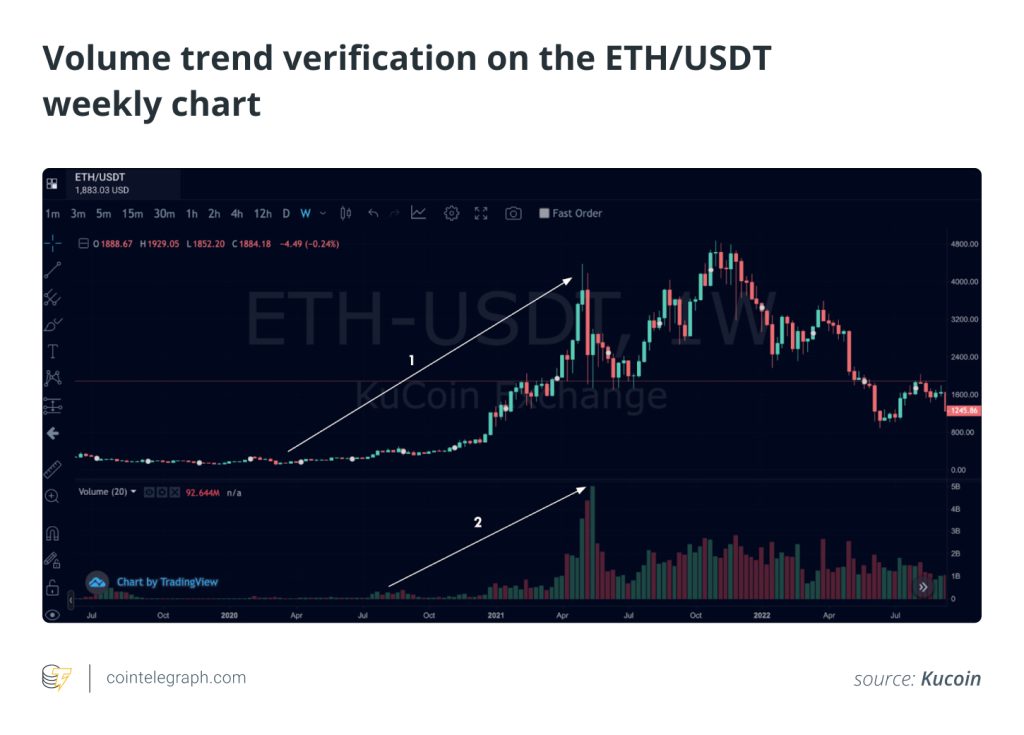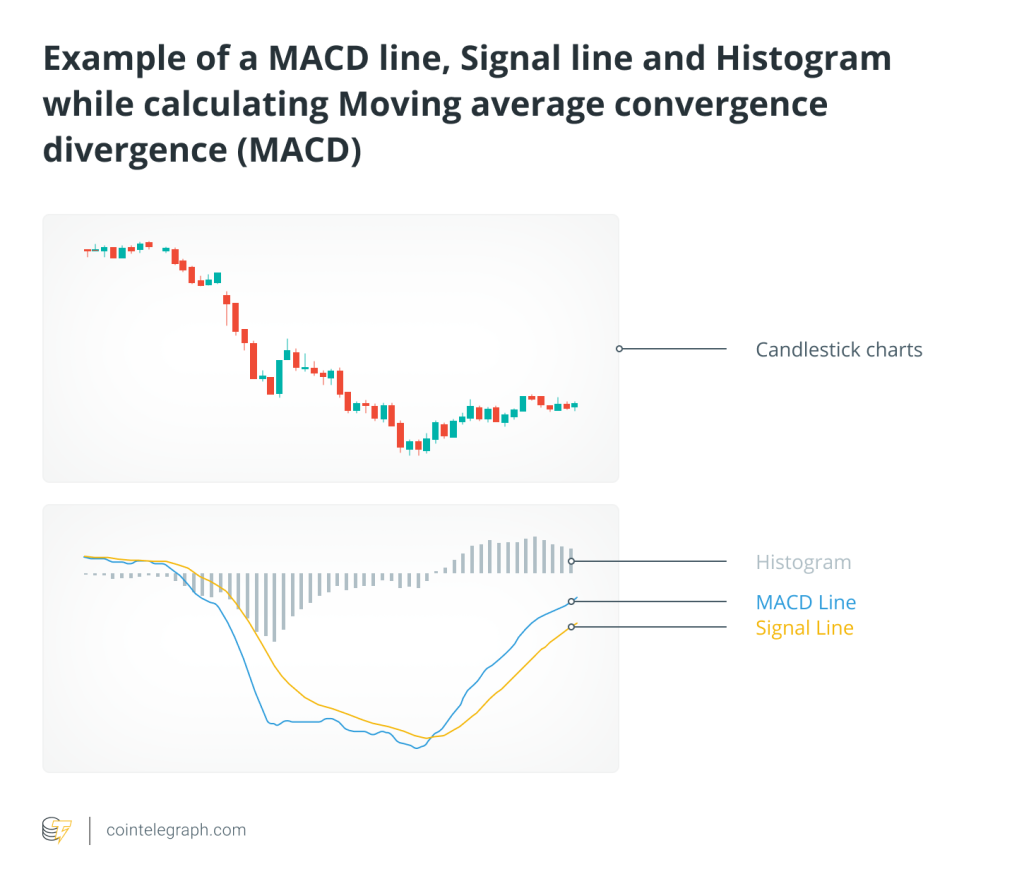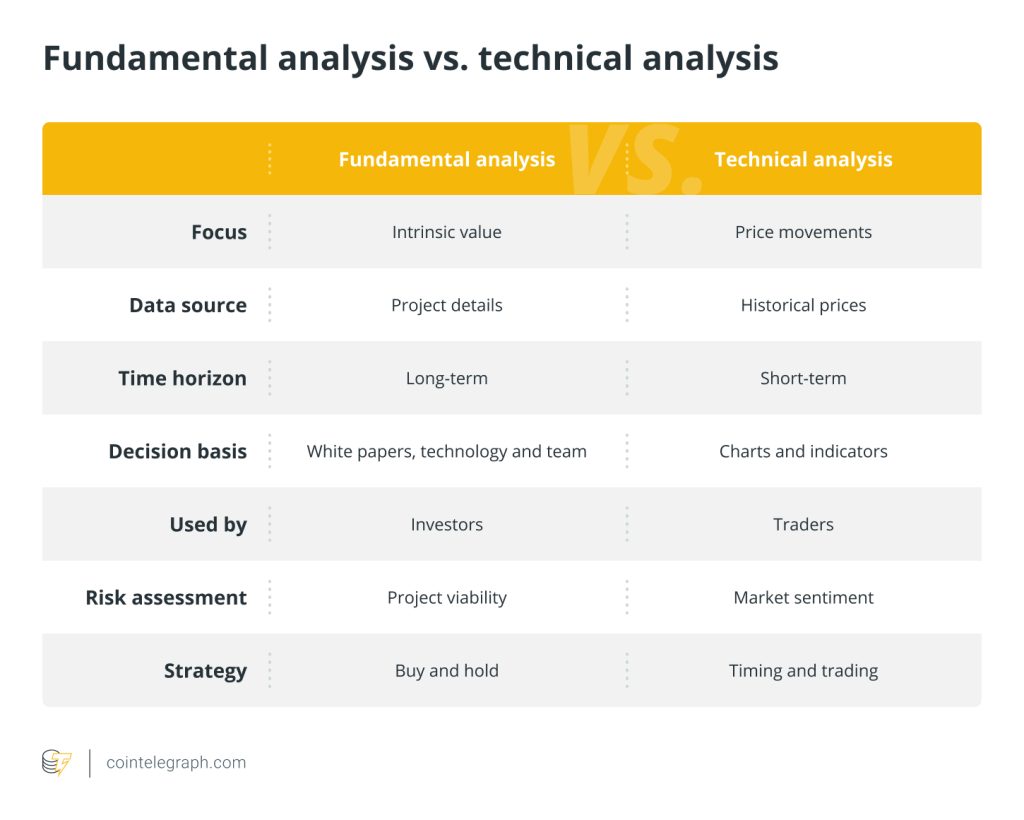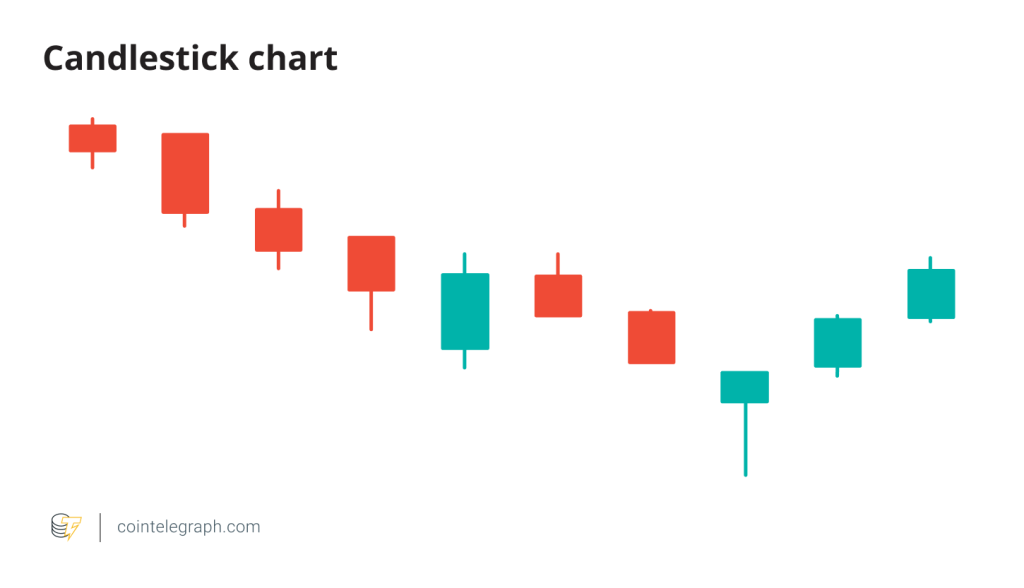What is Dow Theory, and how does it apply to cryptocurrencies?


Dow Theory is a foundational principle of technical analysis in traditional financial markets. While originally designed for stocks, some analysts attempt to apply its principles to cryptocurrencies despite the challenges posed by the unique characteristics and high volatility of digital assets like Bitcoin (BTC).
Dow Theory, explained
A key concept in technical analysis of financial markets, Dow Theory is primarily applied to stock market indexes. Charles Dow, the co-founder of Dow Jones & Company, developed Dow Theory, which is predicated on a number of concepts that serve as the cornerstone for understanding market patterns.
Core principles of Dow Theory
The market discounts everything
Dow Theory assumes that all public and private information is already reflected in current prices. Prices, therefore, fluctuate in response to the constant flow of information.
There are three types of market trends
Dow recognized the primary, secondary and minor trends in the market. Primary trends are the most important and can last for months or years. Minor trends are transient variations, whereas secondary trends are adjustments or corrections within the primary trend.

Primary trends have three phases
According to Dow, primary trends have three stages: accumulation, public participation (or acknowledgment) and distribution. During accumulation, knowledgeable investors join the market. The general public becomes aware of the trend during the public participation phase, while informed investors exit the market during the distribution phase.
Indexes must confirm each other
According to Dow, a vital trend must appear in the transportation and industrial averages to be verified. The trend is validated if the averages move in the same direction; a possible reversal may be indicated if they diverge.
Trends persist until proven otherwise
Dow Theory states that trends are expected to last until a reversal is clearly visible. This idea advises investors to follow the trend until they see definite indications of a turning point.
Trading volume should confirm the trend
The trading volume should confirm the prevailing trend. Increasing volume during upward movements in an uptrend is interpreted as confirmation, while declining volume during rallies could indicate weakness.

Applying Dow Theory to cryptocurrencies
Although Dow Theory was created for conventional financial markets, cryptocurrency can also benefit from some of its ideas. Here are some ways that Dow Theory can be applied to analyze and understand trends in the cryptocurrency market:
Identifying trends
Primary trends
According to Dow Theory, three main trends influence market movement: sideways, downtrends and uptrends. Crypto traders and investors can use this idea to determine the general direction of the market.
Higher highs and higher lows (uptrend)
In an uptrend, every low should be higher, and each rally should exceed every high. To verify an upward trend, traders might examine comparable patterns on cryptocurrency price charts.
Volume confirmation
According to Dow Theory, volume is crucial for validating trends. A rise in trade volume during an uptrend or downtrend in the cryptocurrency market can indicate how strong the trend is. On the other hand, falling volume during a reversal could be a sign of waning momentum.
Trend reversals
Dow Theory states a trend holds until a definite reversal is verified. By observing indicators of trend reversals, such as a break in the sequence of higher highs and lower lows for an uptrend or lower highs and lower lows for a downtrend, cryptocurrency traders can put this idea into practice.
Support and resistance
The significance of resistance and support levels is acknowledged by Dow Theory. Support and resistance levels are helpful tools for cryptocurrency market traders to determine when to enter and quit a trade and how strong a trend is.
Market averages
According to Dow Theory, market averages such as the Dow Jones Industrial Average should be used to validate trends. To determine the general direction of the market, traders in the cryptocurrency arena may employ indexes or averages of different cryptocurrencies.
Confirmation across multiple time frames
Traders can verify trends using a variety of time intervals. As per the Dow Theory, trends must be validated on many time scales. By examining charts over distinct time ranges, one can apply this approach to cryptocurrencies.
Caution during sideways markets
The Dow Theory admits sideways movements in markets. Since the classic Dow Theory doesn’t offer any particular rules for sideways markets, cryptocurrency traders should be cautious and maybe cut back on trading during times of low volatility or consolidation.
While Dow Theory principles can be applied to cryptocurrencies, it’s crucial to remember that the crypto market is unique and that other factors like market sentiment, technological improvements, and regulatory developments can have a big impact on price fluctuations.
Can Dow Theory’s time-tested principles adequately navigate Bitcoin’s uncharted territory?
The application of Dow Theory to the unexplored Bitcoin space presents significant difficulties for analysts and traders. Given that Bitcoin has been around for a shorter time than traditional stocks, the theory’s dependence on past data and recognized market tendencies becomes a constraint.
The 24/7 nature of the Bitcoin market creates a unique dynamic that differs from the regular trading hours of typical stock markets, thus requiring possible adjustments to account for this never-ending cycle.
In addition, the intrinsic volatility of cryptocurrencies, as represented by Bitcoin (and other cryptocurrencies), exceeds that of conventional assets, making the stability presumptions of Dow Theory less relevant. Furthermore, the forces that shape market sentiment in the cryptocurrency area are very different from those in traditional markets, with a greater emphasis on things like legislative changes and technological advancements.
As a result, even though attempts to apply Dow Theory to the Bitcoin market may yield some useful insights, the peculiarities of the cryptocurrency space highlight the significance of a nuanced strategy that considers its advantages and disadvantages.
Limitations of the Dow Theory in the context of cryptocurrencies
Although Dow Theory offers insightful analysis of market patterns, its applicability to cryptocurrencies is constrained. The unique digital environment in which cryptocurrencies operate is characterized by swift technological advancements and unpredictability in regulations — aspects overlooked in Dow’s initial structure.
Trend detection can be difficult due to the speculative and decentralized structure of the cryptocurrency market, which can lead to inflated price changes. Furthermore, conventional Dow Theory may not adequately account for the distinct catalysts propelling the cryptocurrency markets, such as blockchain advancements or official pronouncements, because it mostly depends on previous price data.
In the context of financial markets and cryptocurrencies, “official pronouncements” refer to formal statements or declarations made by authoritative entities that have the potential to influence market sentiment and behavior. These statements are typically issued by government agencies, regulatory bodies, central banks or other authoritative figures.
The absence of corporate fundamentals in cryptocurrency markets makes using Dow’s ideas — such as volume confirmation and earnings-related research — more difficult than in traditional markets. The stability assumptions underlying Dow Theory are called into question by the risk and volatility that come with the fledgling and volatile nature of the cryptocurrency industry.
As a result, even though Dow Theory gives technical analysis a solid base, applying it to cryptocurrencies necessitates paying close attention to the market’s peculiarities and using additional analytical tools in tandem.
Written by Jagjit Singh
This article does not contain investment advice or recommendations. Every investment and trading move involves risk, and readers should conduct their own research when making a decision.






… [Trackback]
[…] Info to that Topic: x.superex.com/academys/beginner/1943/ […]
… [Trackback]
[…] There you will find 20419 additional Information to that Topic: x.superex.com/academys/beginner/1943/ […]
… [Trackback]
[…] Read More Info here to that Topic: x.superex.com/academys/beginner/1943/ […]
… [Trackback]
[…] Find More Information here to that Topic: x.superex.com/academys/beginner/1943/ […]
… [Trackback]
[…] There you will find 86084 more Information to that Topic: x.superex.com/academys/beginner/1943/ […]
… [Trackback]
[…] Here you can find 86006 additional Info on that Topic: x.superex.com/academys/beginner/1943/ […]
… [Trackback]
[…] Find More to that Topic: x.superex.com/academys/beginner/1943/ […]
cinemakick .com
… [Trackback]
[…] Read More here to that Topic: x.superex.com/academys/beginner/1943/ […]
… [Trackback]
[…] Read More on on that Topic: x.superex.com/academys/beginner/1943/ […]
recipesjelly
… [Trackback]
[…] Info to that Topic: x.superex.com/academys/beginner/1943/ […]
… [Trackback]
[…] Info on that Topic: x.superex.com/academys/beginner/1943/ […]
… [Trackback]
[…] Read More Information here on that Topic: x.superex.com/academys/beginner/1943/ […]
… [Trackback]
[…] Find More on that Topic: x.superex.com/academys/beginner/1943/ […]
… [Trackback]
[…] Find More here on that Topic: x.superex.com/academys/beginner/1943/ […]
… [Trackback]
[…] There you will find 11777 additional Info to that Topic: x.superex.com/academys/beginner/1943/ […]
… [Trackback]
[…] Here you will find 7261 more Info on that Topic: x.superex.com/academys/beginner/1943/ […]
… [Trackback]
[…] Find More here on that Topic: x.superex.com/academys/beginner/1943/ […]
… [Trackback]
[…] Here you will find 45159 additional Information on that Topic: x.superex.com/academys/beginner/1943/ […]
… [Trackback]
[…] There you will find 65508 additional Info on that Topic: x.superex.com/academys/beginner/1943/ […]